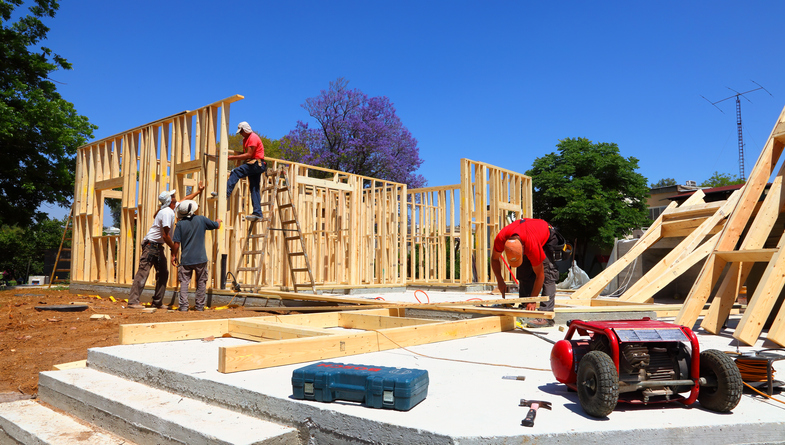When we talk about the health of the U.S. economy, one of the big markers economists look at is construction spending. Why? Because when new homes, office buildings, factories, and highways are being built, it usually means businesses are investing and people are optimistic about the future. But the latest numbers out of June 2025 paint a more cautious picture.
According to the U.S. Census Bureau, overall construction spending fell by 0.4% from May, dropping to around $2.13 trillion annually. Compared to the same time last year, spending is down nearly 3%. At first glance, that might sound like a small dip, but in an industry this large, those numbers signal a slowdown worth paying attention to.
Why Housing is Struggling
One of the biggest culprits is the housing market. Spending on new homes fell by nearly 0.7% in June, reflecting the challenges many Americans face in buying or building houses. With mortgage rates still high and home prices continuing to climb, many first-time buyers are being priced out. Meanwhile, existing homeowners who locked in ultra-low mortgage rates over the past few years are reluctant to sell, which means fewer transactions and less new construction.
Simply put, fewer families are moving, building, or upgrading—so the housing sector isn’t pumping money into the broader economy the way it normally would.
Commercial Buildings Aren’t Picking Up the Slack
It’s not just housing that’s slowing down. Office construction spending dropped by 1.4%, hitting about $86.8 billion. Companies are clearly cautious about investing in big office spaces, likely because remote and hybrid work are still shaping how businesses think about their long-term office needs.
Manufacturing projects, which had been a bright spot in recent years, also dipped slightly. That matters because factories are often tied to larger economic strategies, like domestic production and supply chain reshoring. A slowdown here could ripple across industries.
Public Infrastructure is the Bright Spot
On the flip side, public infrastructure projects—like highways, streets, and schools—are still seeing steady investment. In June, highway and street construction rose by 0.6%, while education-related projects ticked up 0.4%. Reports from Construction Dive note that while private sector spending has softened, public investment is propping up parts of the industry.
That’s a good sign, since infrastructure spending not only creates jobs but also improves long-term economic productivity. Still, government projects alone can’t completely balance out private sector pullbacks in housing and commercial real estate.
What This Means for the Bigger Picture
The decline in construction spending suggests the economy is in a cautious, wait-and-see mode. Businesses are hesitant to break ground on new projects, families are struggling with affordability, and manufacturers are facing uncertainty with tariffs, supply chain costs, and long lead times for equipment.
As Associated Builders and Contractors report, nonresidential spending has now dropped in 6 of the last 7 months, showing just how broad the slowdown is becoming. Economists don’t expect a strong rebound in construction equipment demand or housing starts until at least 2026, when interest rates may ease and broader economic confidence returns.
Why Local Contractors Still Matter
While these numbers tell the national story, construction always comes down to local projects. Even in a cooling market, communities across California still need reliable, precise work to ensure new developments meet code and safety standards. One often overlooked but critical part of the building process is story pole installation—those temporary poles that outline a structure’s height and placement before construction begins.
Hiring an experienced CA story pole contractor ensures that projects avoid costly mistakes, meet zoning requirements, and keep neighborhoods informed about how new buildings will fit into the landscape. Especially during slower economic times, working with skilled professionals can make all the difference in keeping construction projects efficient, compliant, and on budget.





Leave A Comment